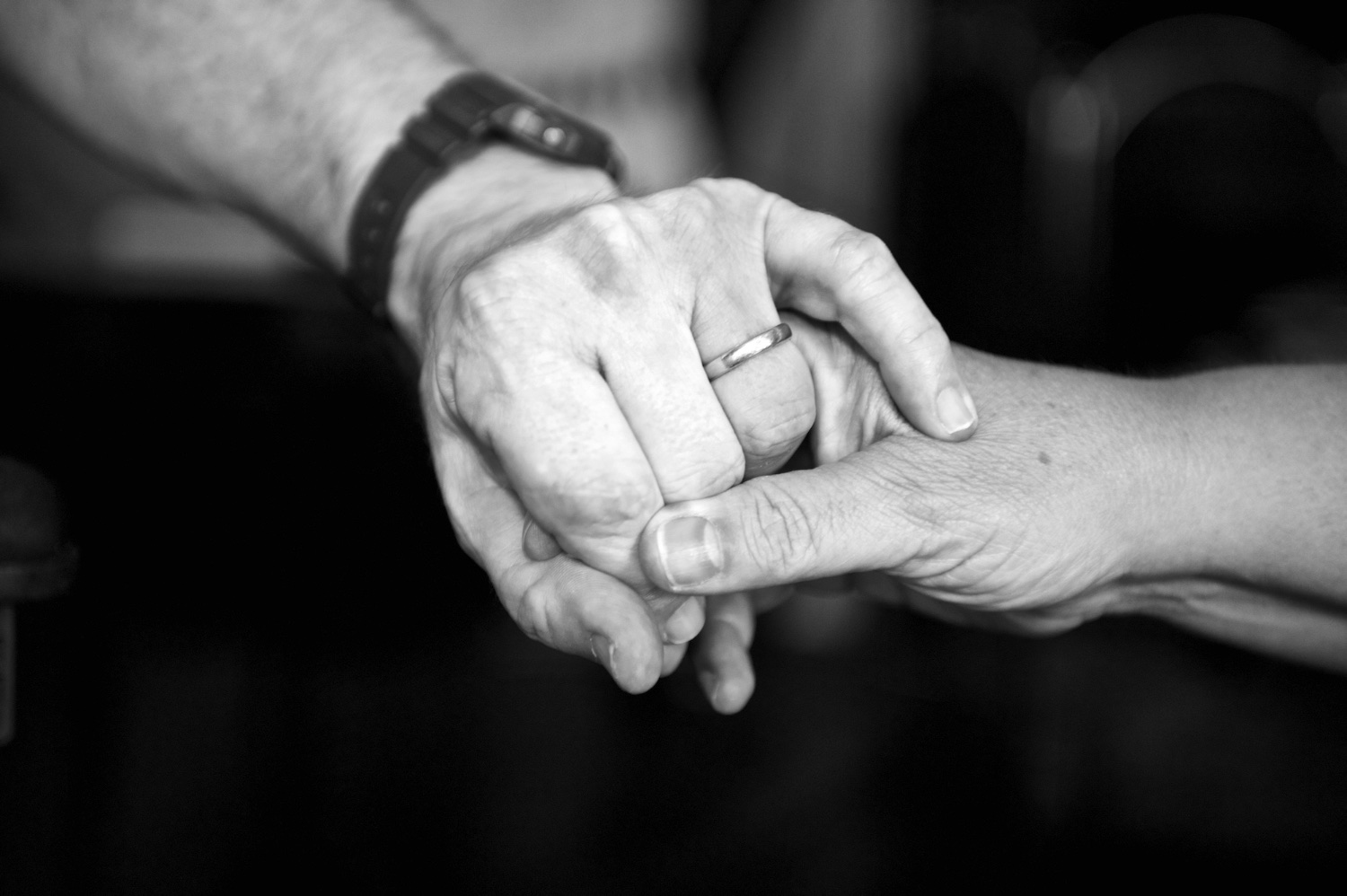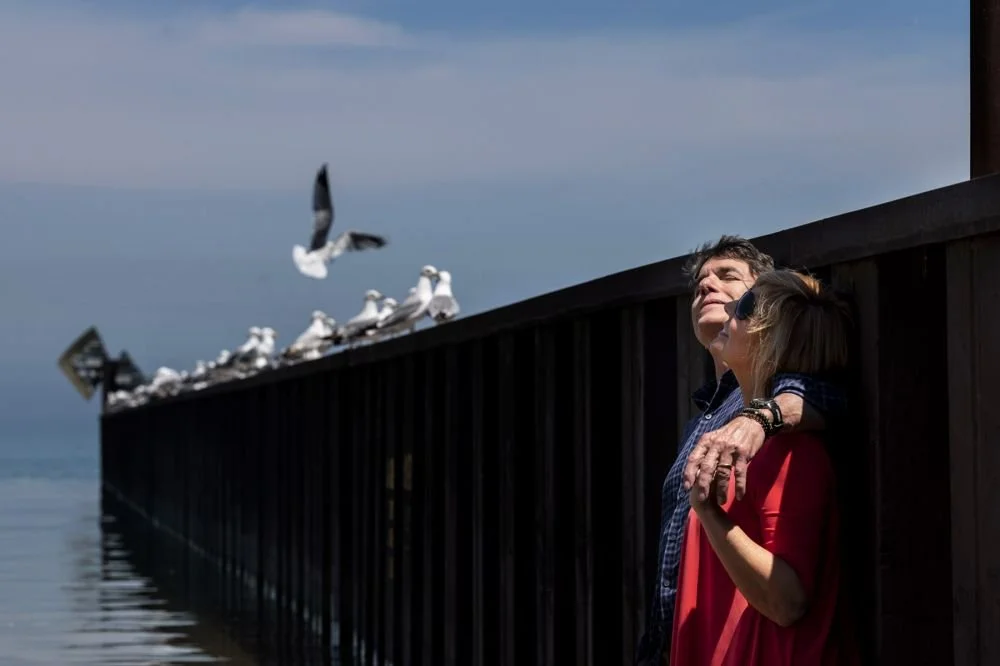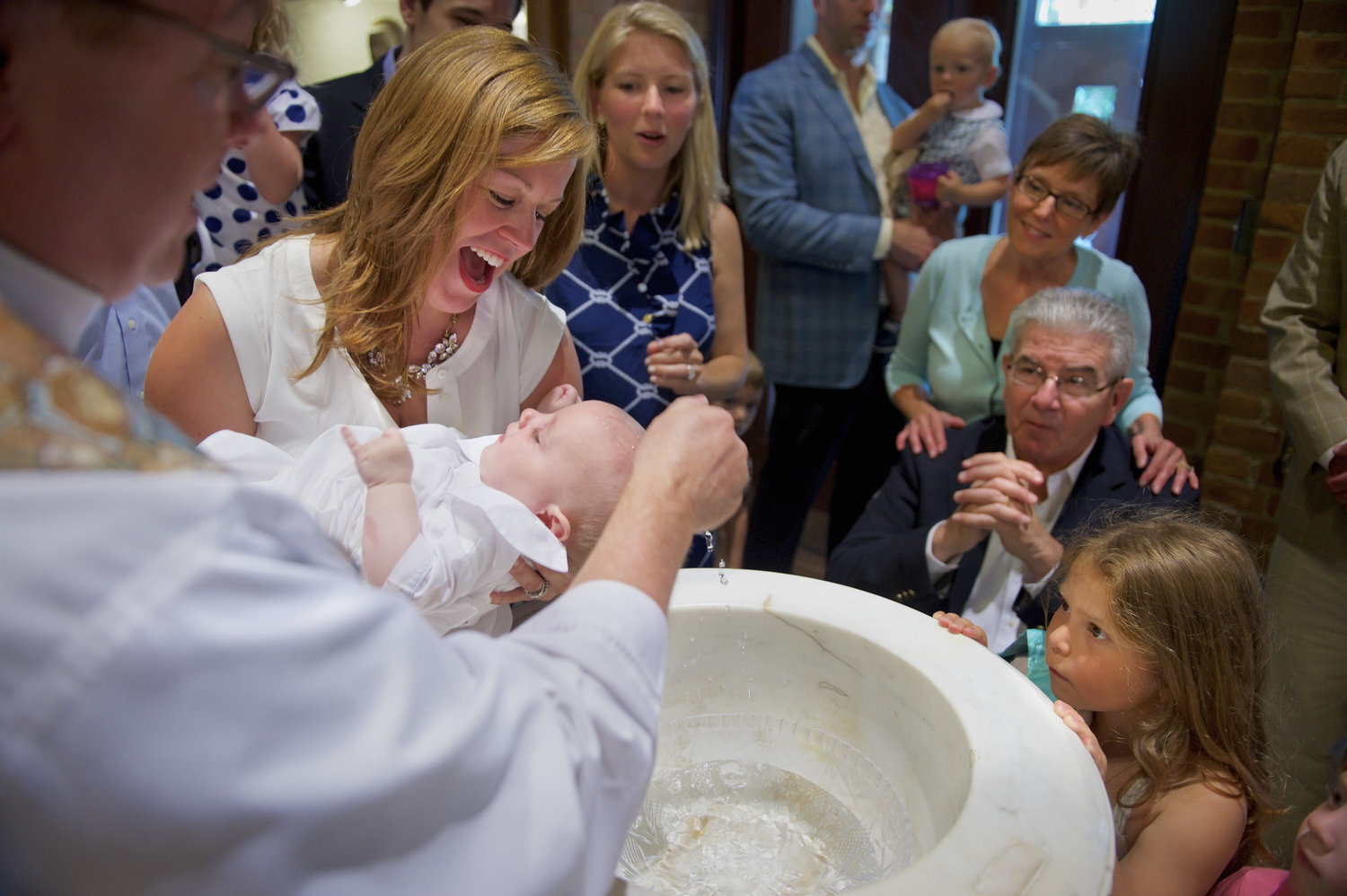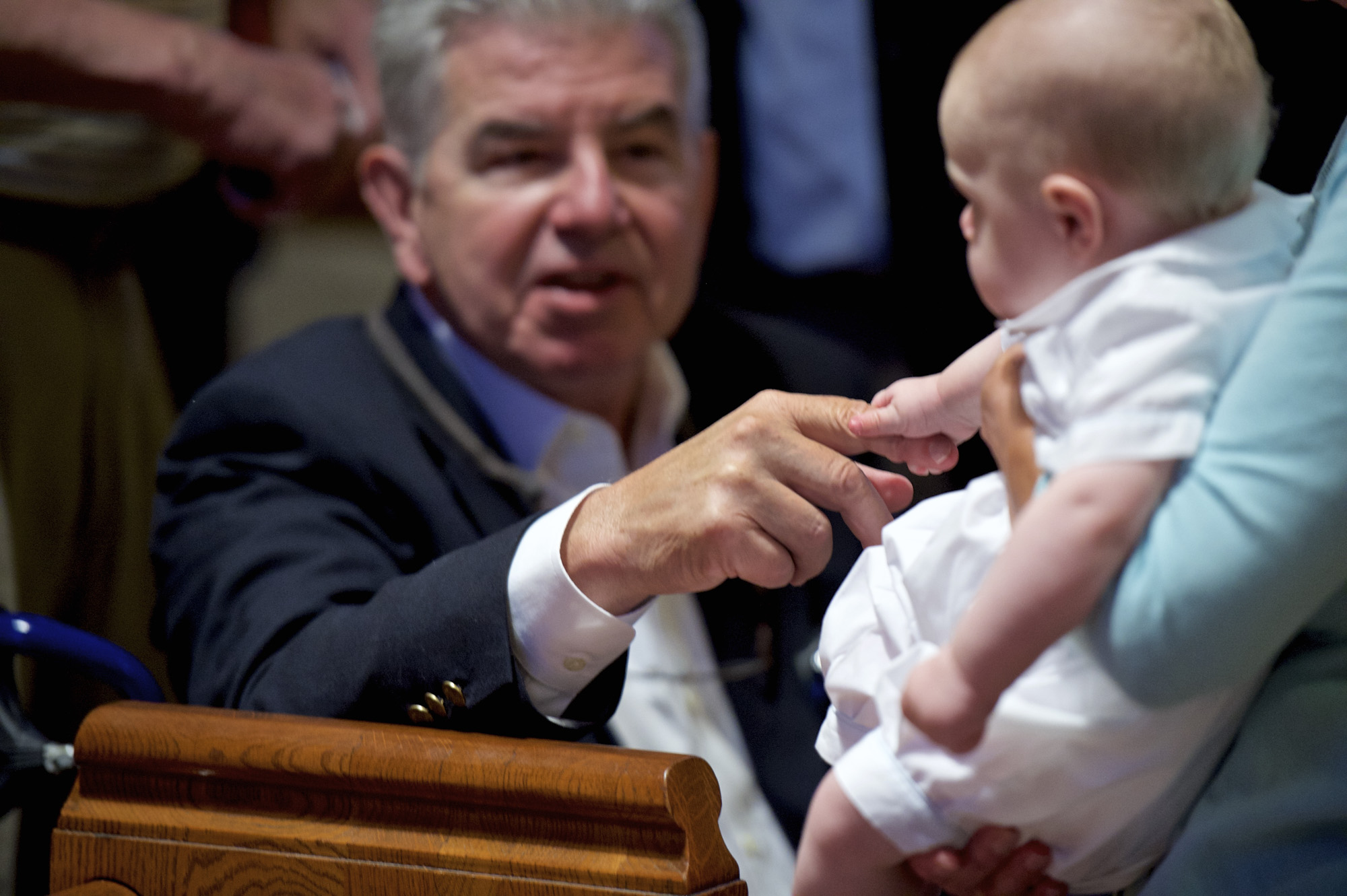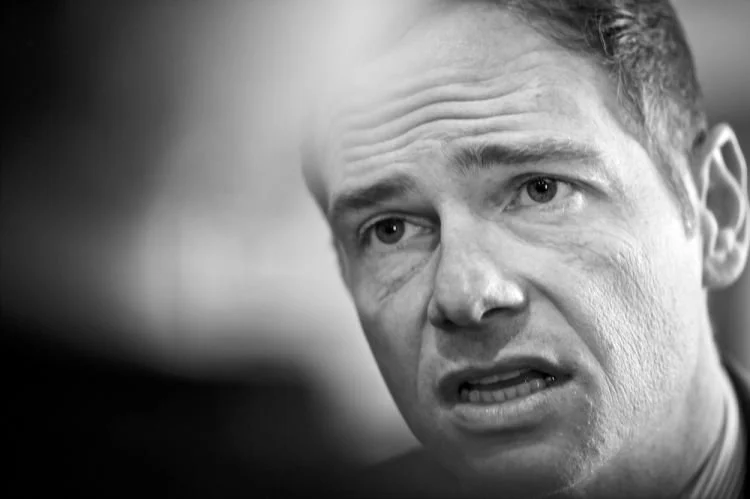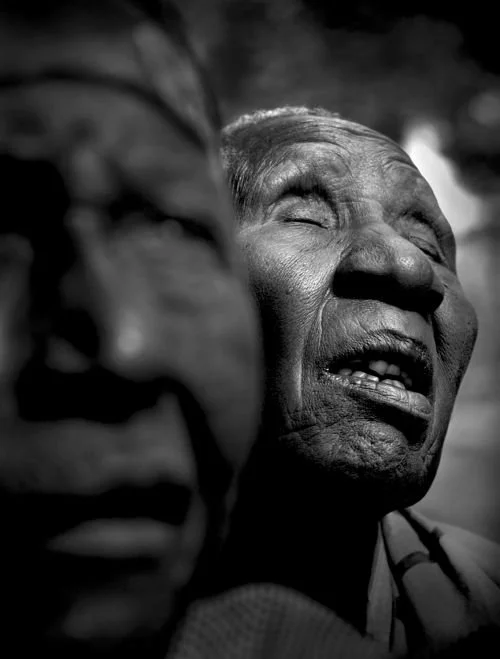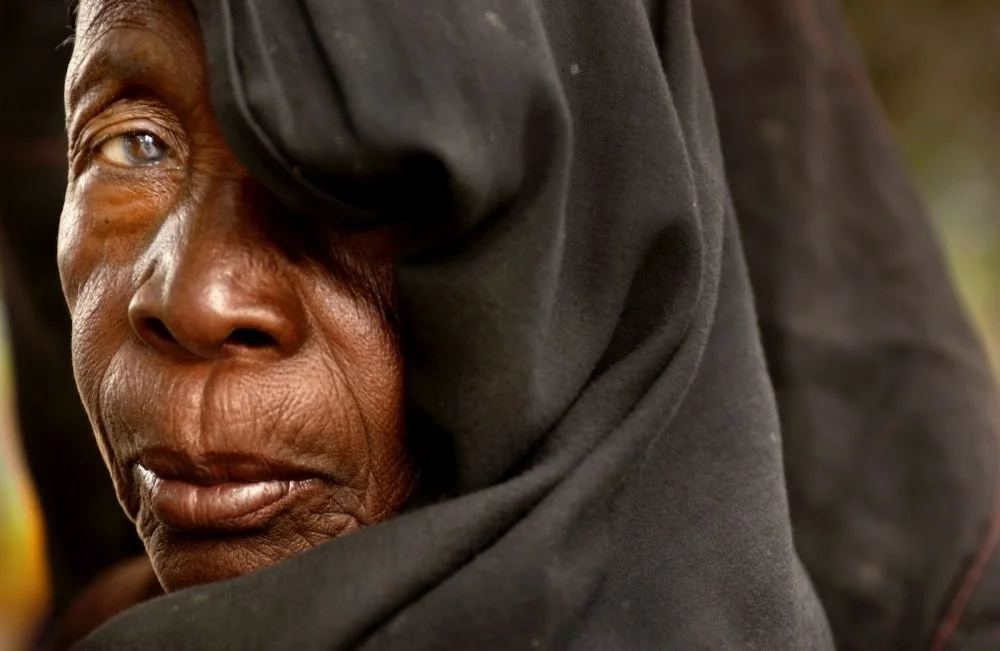A PHOTOJOURNALISM BACKGROUND POISES DOUG MENUEZ TO CAPTURE REAL PATIENT'S STORIES
Doug Menuez’ pharma and healthcare projects have taken him to rural communities in Africa, clinics in San Francisco at the onset of the AIDS crisis, research laboratories developing cutting edge pharmaceuticals, and to a commercial studio when those medications are brought to market. His well rounded understanding of these individual aspects of pharma and healthcare afford him a new and unique perspective into these topics.
The aforementioned work has created a robust portfolio of campaigns, PSAs and portraiture that evokes every kind of emotion and remind of the things that connect us all - the emotions, the aspirations, and the conflicts. His work in this category has always inspired us, and we wanted to get a deeper understanding of his approach to these sensitive projects. Read on to hear about some of the projects that have resonated most with Doug and why he feels uniquely adept at pharma and healthcare projects.
“As a visual storyteller, I believe my role is to witness the immense diversity of the human race and then act as a conduit for those stories."
-Doug Menuez
What do you enjoy most about working on projects with real patients?
With real patients, I get back to my journalism roots. I learn about who they are and what their life is like to gain trust, to get the access we need to tell the complete story. I start every shoot from the premise “I don’t know what I don’t know”. I think so often as photographers we go into projects with the idea that “I’ve done this before, I know what to do”, but I think there is value in humility. Sure, I know a thing or two about photography, but I don’t know these people’s experience and in the process of uncovering what that looks like, I can solve the creative much better.
You bring up the creative. How does working with real patients change the way you approach the creative direction?
When you are brought a campaign that’s been approved by the agency, there is always a worry that depending on the patient’s condition, they may not be able to do what’s been approved.
However, sometimes the realness of one’s condition can impact the creative in a profound way. For example, I shot a TV commercial and print for Fallon about a summer camp for children with AIDS that they sponsor. This was before there was any cure for AIDs and unfortunately, these children had been ostracized by their friends and families because of their illness. Because of that, I wanted to be really sensitive and cognizant of their experience. I wanted to give them a platform to speak their truth so I gave the children an option of what they ultimately wanted to say. They embraced it like social activists and gave an incredibly compelling video that promoted a sense of dignity and self. That campaign went on to win awards and I believe it’s because the children took ownership which evokes a lot of emotion from the viewer.
What do you want people to learn about you after seeing your pharma and healthcare work?
How seamlessly it blends into any other type of commercial work. My background in photojournalism has afforded me the ability to storytell which is imperative for commercial work. Advertising is like journalism, you have to be willing to learn. The difference between the two is using that knowledge to tell a positive story about a product. As a visual storyteller, I believe my role is to witness the immense diversity of the human race and then act as a conduit for those stories.
Does a specific pharma or healthcare project stick out to you?
They all have left a lasting impact on me, that’s without question. However, I have worked with CurePSP, an organization that works to raise awareness and funds for PSP, a degenerative brain disease, over many years. The original assignment from the foundation was to document a day in the life of a few patients and their families. Every vignette that I shot for them was different; a patriarch of the family attending his grandchild’s baptism, a quiet day at home with a former physician, a conference for families and patients of PSP, each scenario sharing a small piece of what it is to live with this disease.
The best kind of assignments are the ones that introduce you to inspirational people. This was a home run in that aspect. It was really amazing to see the community around this one cause and how everyone acts with such courage.
How does your experience as a photojournalist translate to your commercial pharma and healthcare work?
I tend to jump into the deep end of a project. If I’m in a laboratory shooting, I want to know all that I can about what’s actually going on to make sure I’m capturing the right aspects. Because of this, I really understand the process of drug development, at least more than the average person. I find the entire process fascinating so it’s always beyond just getting a job and shooting it. I am invested in the arch of the subject I’m shooting and want to make sure I portray the full story.
A good example of this is a project I did with Pfizer. I was to shoot a day in the life in a community in Tanzania that had been heavily affected with Trachoma. I wanted to capture what living with that looked like, but they also wanted me to shoot the corporate side of them donating the appropriate medicine to the village. So my photojournalist background and my experience in capturing libraries for corporate America blended nicely here.
Doug's book Transcendent Spirit: The Orphans of Uganda follows the inspiriing story of twenty orphans who overcame tremendous hardships to form a dance troupe and become cultural ambassadors for their troubled country. They have brought their intense energy and joy to audiences across the US over the past ten years, which have resulted in their support of more than 700 orphans in Uganda. Rising from the extreme poverty and devastation wrought by AIDS and civil war in Uganda to receive standing ovations while touring the best theaters in the US, these exceptional children bring good news from Africa. All money from purchase sales goes to the foundation Empowering African Children. Learn more and purchase here.






